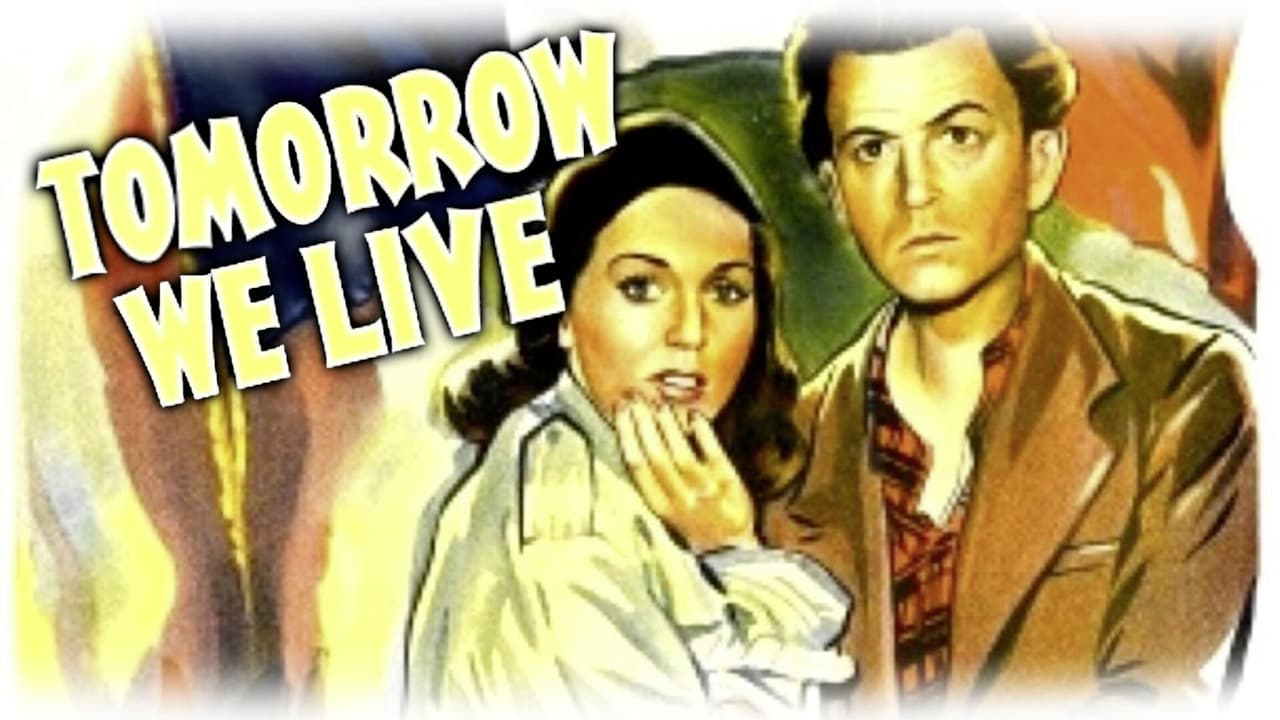

good back-story, and good acting
... View MoreAbsolutely amazing
... View MoreClever and entertaining enough to recommend even to members of the 1%
... View MoreIt is interesting even when nothing much happens, which is for most of its 3-hour running time. Read full review
... View MoreScript continuity: Katherine Strueby. Made with the co-operation of General De Gaulle. Associate producer: John Stafford. Producer: George King. Executive producer: S.W. Smith. A British Aviation Production. (Available on a very good, full-length Odeon DVD).Copyright 20 March 1943 in the USA by Republic Pictures Corp. New York opening at the Abbey: 7 May 1943. U.K. release through British Lion: 5 April 1943. London trade show: December 1942. Australian release through G.B.D./20th Century-Fox: 31 March 1944. 7,882 feet. 87½ minutes. Cut to 78 minutes in the U.S.A.U.S. release title: AT DAWN WE DIE.SYNOPSIS: The daughter of a French mayor poses as a collaborator to allow a spy to escape to England with vital U-boat information.COMMENT: Although allegedly based on a true story, the plot follows a well-grooved path. Greta Gynt makes a surprisingly charming and attractive heroine. But John Clements is most unbelievable, while Godfrey Tearle seems unaccountably to be doing a masquerade part with a dubbed voice! Some of the other players are better, particularly and surprisingly Stepanek, who makes up for his late entrance with a full-blooded if conventional portrait of a sarcastic, sadistic villain. Sinclair is as unconvincing as usual, but Wendhausen is ideally cast and one is sorry when he is killed.However, too much of Yvonne Arnaud's French-type mother-figure doesn't help. The film would certainly benefit by some astute cutting, though the action scenes are fine. Direction, while mostly routine, does have occasional flashes of style. Photography is first-class, and so is art direction. Production values, despite the obvious use of models in some sequences, are quite fair.
... View MoreDirector George King, who regularly delivered the goods in his rousing Victorian Tod Slaughter vehicles of the thirties seriously comes a cropper attempting here to address grim contemporary events in Occupied Europe on a shoestring. Cardboard characters strike poses and mouth banalities against a backdrop of cardboard studio exteriors, failing utterly to rise to the challenge presented by the enormities depicted abroad, doubtless inspired by the recent destruction by the Germans of the Czech town of Lidice. King did a considerably better job with similar subject matter on his next film 'Candlelight in Algeria' (1944).
... View MoreOne's first thoughts are how clichéd this film is. But then you realise, as with Shakespeare, that the characters and situations only became clichés because of the constant copying of the theme in subsequent movies. Whereas things appear to fall into the hero's lap as per usual, the action is, at times, surprisingly realistic. A female collaborator is viciously slapped about by the SS and later gunned down by the Resistance. In turn two German officers are shot in the back without compassion and in retaliation fifty hostages are rounded up and shot. Thankfully off-screen. However in the midst of all of this is a hilarious scene in a cinema when the French clientele,at being subjected to a newsreel of Hitler, begin catcalling and making shadows on the screen. These include a V-sign, a fist punching Hitler in the face, and fingers tugging at the Furher's hair. All in all an enjoyable propaganda film
... View MoreTOMORROW WE LIVE is an odd and obscure little wartime thriller that was made slap bang in the middle of WW2 when an Allied victory was hardly assured. Thus the film serves as something of a propaganda movie particularly in its depiction of the French resistance tirelessly fighting against the Nazi oppressors in occupied France. The movie was made with the cooperation of the Charles de Gaulle government (exiled in London at the time) and thus in itself serves as an important historical document of its time.It's also a pretty good thriller and as with many resistance thrillers there's plenty of suspense inherent in the proceedings. While the settings and characters might scream 'ALLO 'ALLO a bit, there's an air of authenticity to the proceedings and a cast of actors all of whom give it their best in their roles. John Clements headlines as Jean Baptiste, a man desperately trying to avoid the Nazis and escape to Britain. Greta Gynt bags the most interesting part as the daughter of a loyal mayor with a few dark secrets of her own. The likes of Herbert Lom and Walter Gotell have little early career cameos. TOMORROW WE LIVE is the kind of film that just gets better as it goes on, building to a climax which is equally thrilling and moving.
... View More